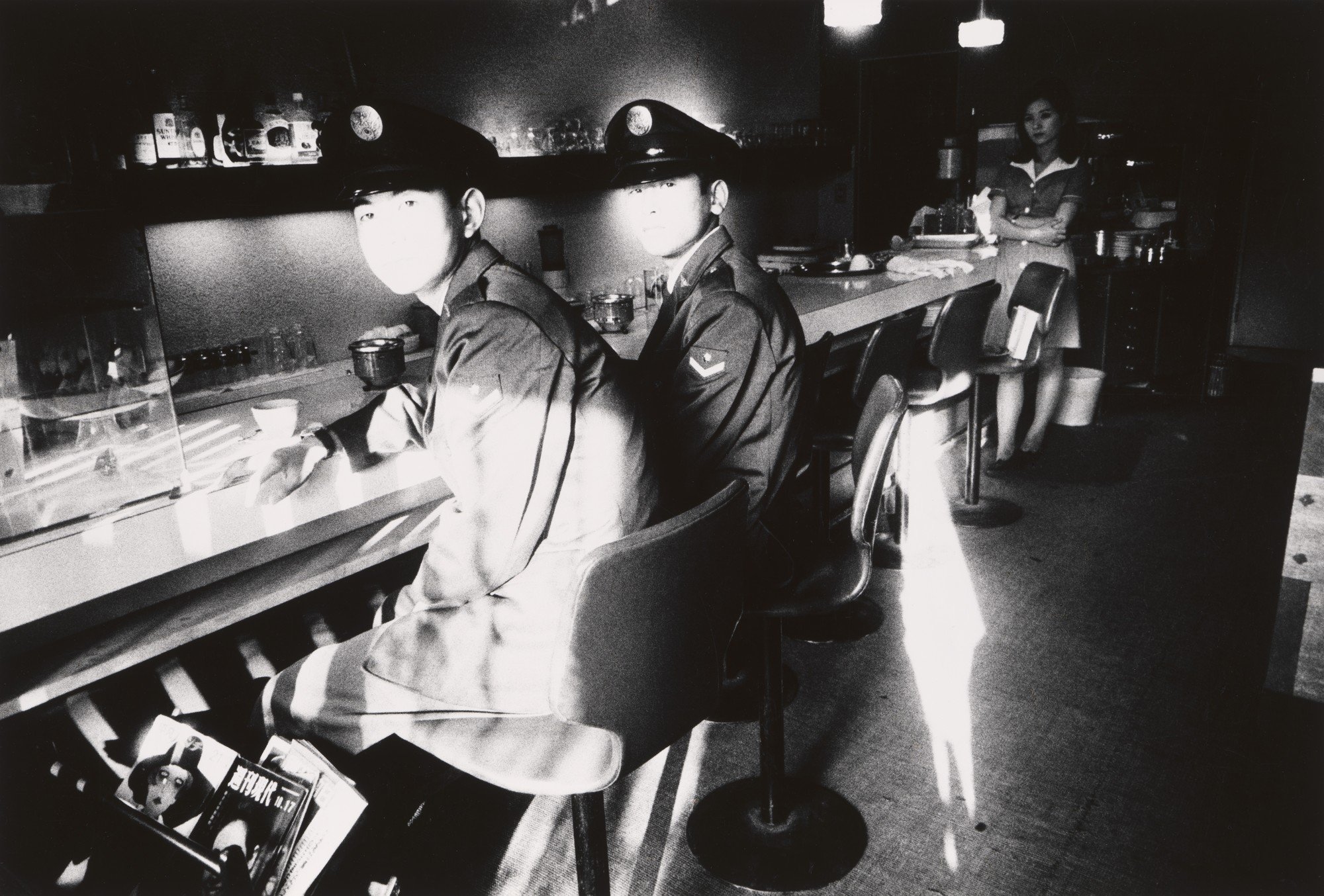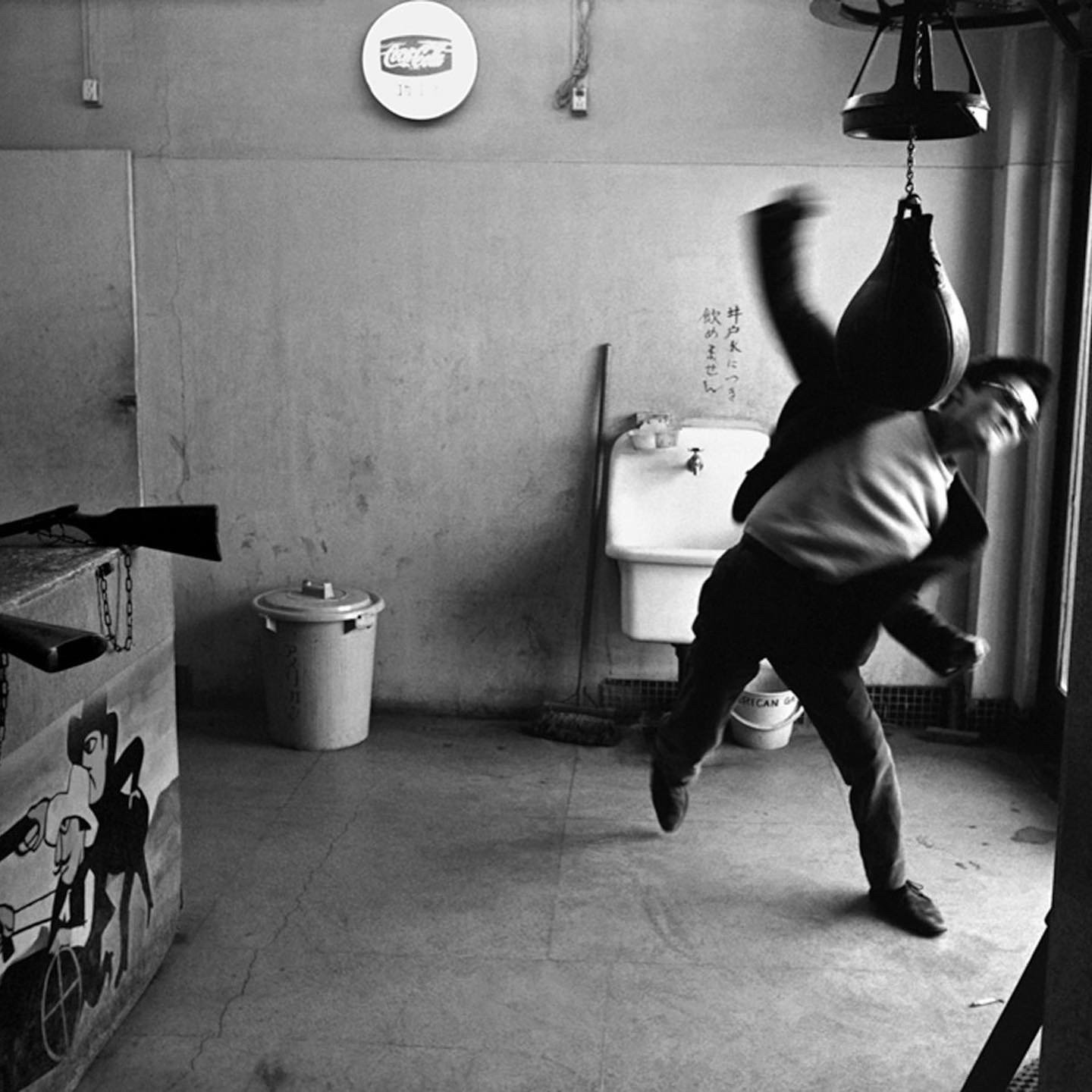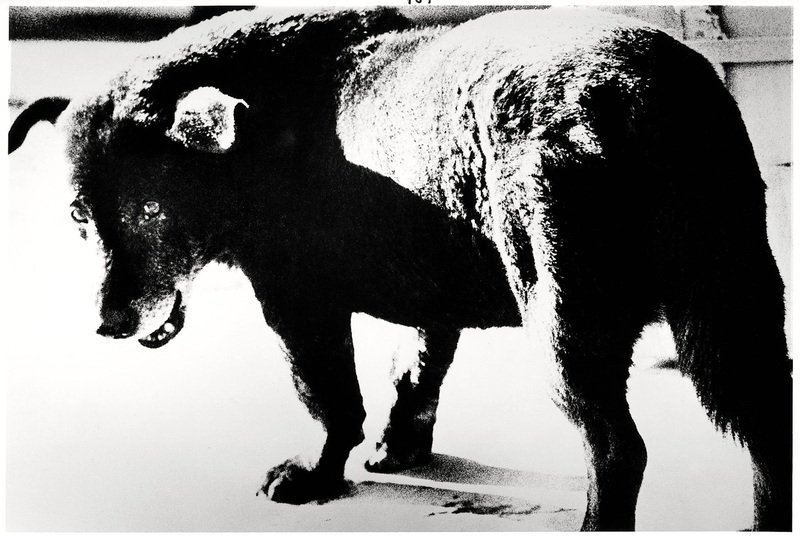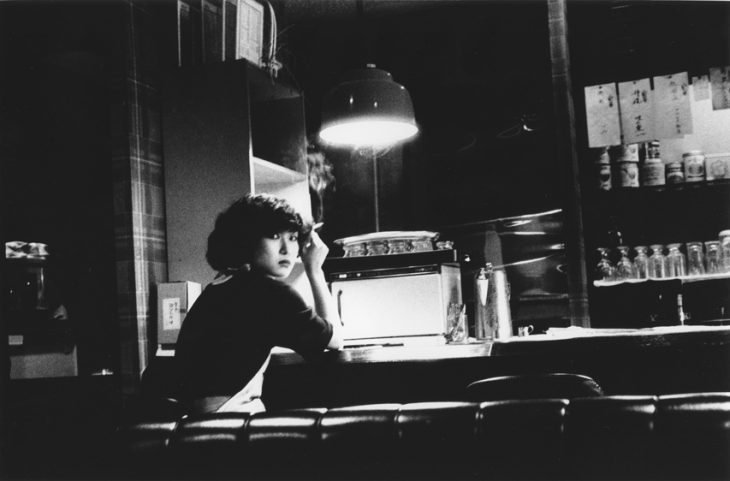DAIDO MORIYAMA: Japan’s King of Street Photography
Born in Osaka in 1938, Daido Moriyama is renowned for his subversive and gritty style that has come to define modern day Japanese street photography.
Moving to Tokyo in 1961, Moriyama began work as an assistant to experimental photographer Eiko Hosoe and joined the unorthodox VIVO photography movement. This group’s style came to be defined by the Japanese terms are, bure and boke - or grainy, blurry and out of focus.
Exploring Tokyo in the 60’s, Moriyama found himself in a socially charged city undergoing a political and cultural upheaval. In the midst of this counter culture movement emerged ‘Provoke Magazine’ - a short lived publication focused on anti-establishment photography. Moriyama would find himself featured in the second and third issues.
From then on, Moriyama continued to hone a disruptive style - a harsh confrontation to the more composed styles gaining popularity in the West. His prolific output would capture the gritty underbelly of Tokyo in a way that no other photographer’s could. He became recognized for his ability to take mundane Tokyo backstreets and reveal how fascinating they truly were.
However, it wasn’t only the contents of Moriayama’s photos that were so intriguing - but his process. Snapping photos seemingly at random and exposing them hastily, he would churn out oddly cropped shots of Tokyo’s pedestrians, gangsters and prostitutes. This chaotic process added to the raw feeling in his work and provided a truly organic insight into Tokyo’s backstreets.
Moriyama reached his avant garde peak in 1972 with “Farewell Photography.” Setting out with the goal to ‘destroy photography’ - the result was a book of damaged negatives incomprehensible to its audience. With this achieved, Moriayama settled back into slightly more traditional photography - capturing more typical Japanese scenes.
While Moriyama’s presence in the photography scene has waned, he remains undoubtedly the single largest influence on Japanese street photography. His chaotic philosophy has carried through generations and ensured a focus on subject rather than form. As he himself states - “the camera doesn’t matter.”







